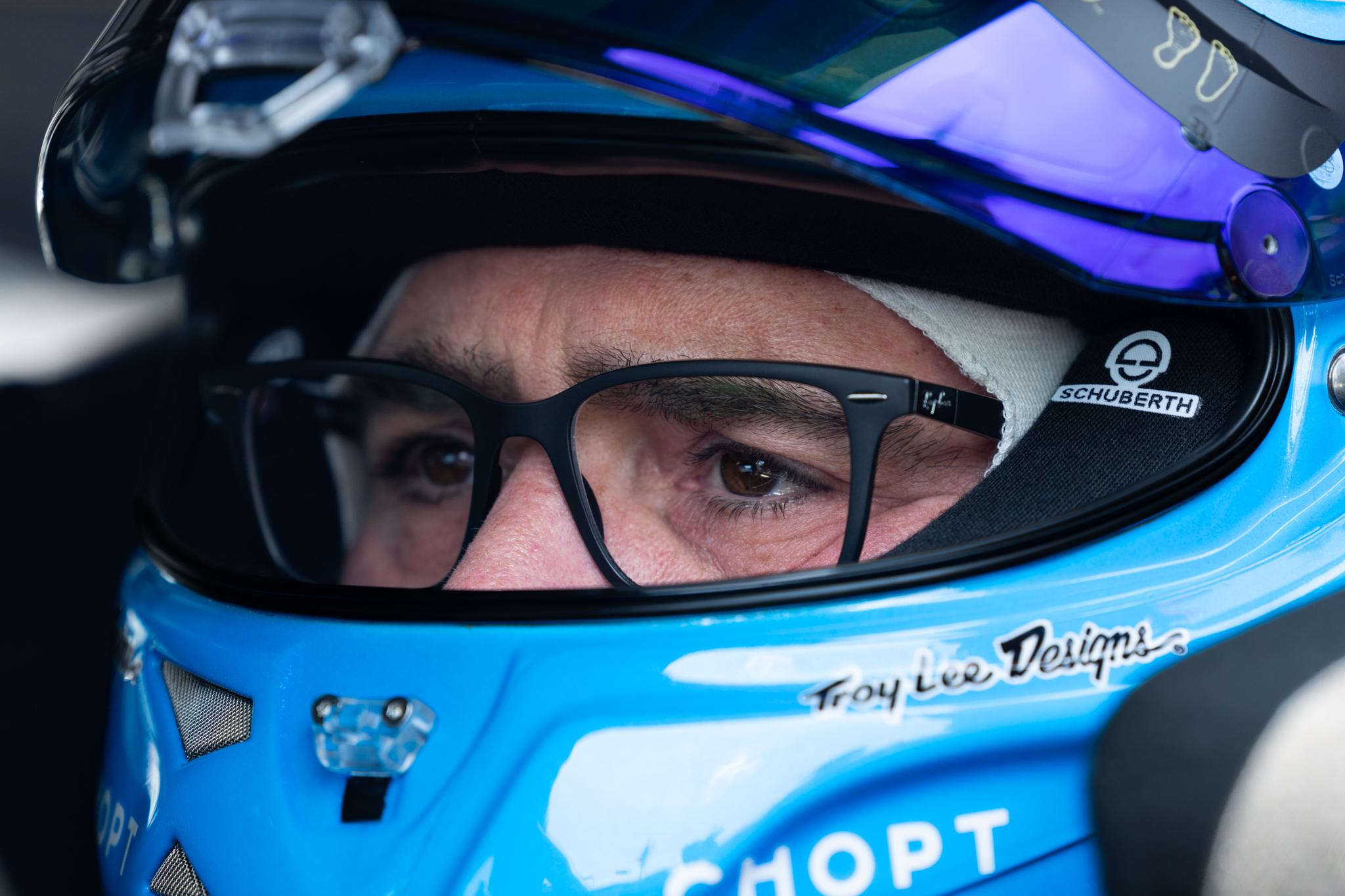What is the average Nascar speed?


You’ve always been intrigued by the high-octane world of NASCAR racing, haven’t you? One question that’s likely crossed your mind: What is the average speed of a NASCAR race car?
The average speed of a NASCAR vehicle during a race typically ranges between 150 to 200 mph, depending on various factors such as the track type and race conditions.
Table of Contents
In this article
In this article, we will delve deeper into the elements that affect a NASCAR car’s speed, how it’s maintained, and what makes these speeds so incredible. Here’s everything else you need to know to satisfy your need for speed.
A Detailed Explanation of NASCAR Speed
Factors That Affect Speed
NASCAR isn’t just about drivers pushing pedals to the metal; it’s an intricate blend of skill, engineering, and strategy. Several factors influence the average speed, including the type of track. For instance, speeds can be substantially lower on short tracks like Martinsville Speedway compared to superspeedways like Daytona International Speedway. Weather conditions also play a crucial role. Wet or humid conditions can make the track slippery, affecting both speed and control.
Maintaining High Speeds
It’s not just about reaching high speeds but maintaining them that’s equally critical in NASCAR. Cars undergo frequent pit stops for tire changes, refueling, and quick mechanical tweaks. A smooth pit stop is vital for a driver to maintain a high average speed throughout the race. In essence, the behind-the-scenes crew is as important as the driver in ensuring top speeds.
Technological Innovations
Advancements in technology have also contributed to higher average speeds in recent years. From aerodynamics to engine efficiency, every little component is optimized for speed. These technological tweaks are part of what make these astonishing speeds possible, and they’re continually evolving.
The Skill of the Driver
Last but not least, the skill of the NASCAR driver plays a significant role in achieving and maintaining high speeds. Years of rigorous training and experience enable these drivers to navigate complex tracks and conditions at breathtaking speeds.
Here’s everything else you’ll need to quench your thirst for NASCAR speed facts.
What Makes NASCAR Unique?
The Influence of Drafting
In NASCAR, drafting is a technique where two or more cars align in a close group reducing the overall effect of drag due to acting as a single larger body. The lead car, cutting through the air, offers reduced air resistance to the car behind it, allowing both to maintain higher speeds. Drafting is both an art and a science, requiring skillful drivers and precise timing.
Restrictor Plates and Their Role
If you’re wondering why NASCAR vehicles don’t just keep getting faster and faster, the answer often lies in a piece of equipment known as a “restrictor plate.” These plates are used at certain tracks to limit the power output of the engine, thus controlling maximum speeds for safety reasons. While they cap the speeds, they also make the competition more exciting, as it becomes less about pure speed and more about skill and strategy.
The Evolution of NASCAR Tracks
NASCAR tracks have also evolved over the years, with new designs that consider not only the spectator’s excitement but also the drivers’ safety. Banked curves, asphalt quality, and even the track length can influence the average speed of a race. Tracks like Daytona and Talladega are designed for speed, while short-tracks and road courses present a different set of challenges that might lower the average speed but increase the skill required to win.
How Do NASCAR Speeds Compare to Other Motorsports?
Formula 1 vs NASCAR
When it comes to speed, one can’t help but compare NASCAR to other types of motorsport, such as Formula 1. Generally, Formula 1 cars are faster in terms of top speed but are not designed for the kind of close-quarter racing you see in NASCAR. The average speeds can vary considerably based on the specific conditions of each race.
IndyCar Racing
IndyCars also showcase high speeds, but the cars are much lighter and more aerodynamic than NASCAR vehicles. This design difference makes for exciting races but in very different contexts. Knowing these nuances helps in appreciating what makes NASCAR unique in the motorsport universe.
What is the average Nascar speed? – Final Thoughts
You came here wondering about the average NASCAR speed, and you’re walking away with a comprehensive understanding of what goes into those mind-boggling numbers on the speedometer. It’s not just about raw speed; it’s a symphony of engineering, skill, and strategy that allows these cars to reach and maintain their impressive speeds. As technology evolves and drivers continue to hone their skills, who knows how the boundaries of speed will be pushed in the future? So, keep your eyes on the track and your heart in the race.
What is the average Nascar speed? – Frequently Asked Questions
How do NASCAR speeds compare to street cars?
The average NASCAR speed dwarfs that of regular street cars, which are typically not designed to go beyond 100-130 mph.
Is NASCAR faster than Formula 1?
In terms of top speed, Formula 1 cars are generally faster. However, NASCAR provides a unique set of challenges that make it exciting in its own right.
What is the fastest NASCAR speed ever recorded?
The fastest speed ever recorded in a NASCAR race is 216.309 mph, set by Bill Elliott in 1987 at Talladega Superspeedway.
Do all NASCAR tracks have the same average speed?
No, the average speed can vary widely depending on the track. Superspeedways like Daytona are designed for high speeds, whereas short tracks and road courses will have lower average speeds.
How often do NASCAR cars need to refuel?
NASCAR cars typically need to refuel every 50 to 60 laps, depending on the race and conditions, which affects the car’s average speed over the entire race.










